
Metal Tube Analysis: Differences and Applications of Copper Tubes vs. Steel Tubes vs. Aluminum Tubes vs. Iron Tubes
Copper tubes and other metal tubes, such as aluminum and iron, each play a vital role in modern industry and construction. Each metal tube type has unique physical and chemical properties, giving it advantages in specific applications. Copper tubes, due to their excellent electrical conductivity, corrosion resistance, and ease of processing, are widely used in plumbing, air conditioning, heating, electronics, and energy.
What is copper tube?
Copper tubes are tubes made of copper or copper alloys. Their excellent thermal conductivity and corrosion resistance make them widely used in various industries. Copper tubes have high thermal conductivity and can quickly transfer heat, making them an indispensable component in systems such as air conditioning, refrigeration, and heating and ventilation systems. The naturally formed oxide film on the surface of copper tubes provides excellent corrosion resistance, ensuring stable performance over long-term use. Copper tubes also have natural antibacterial properties, making them particularly popular in industries such as healthcare and food processing.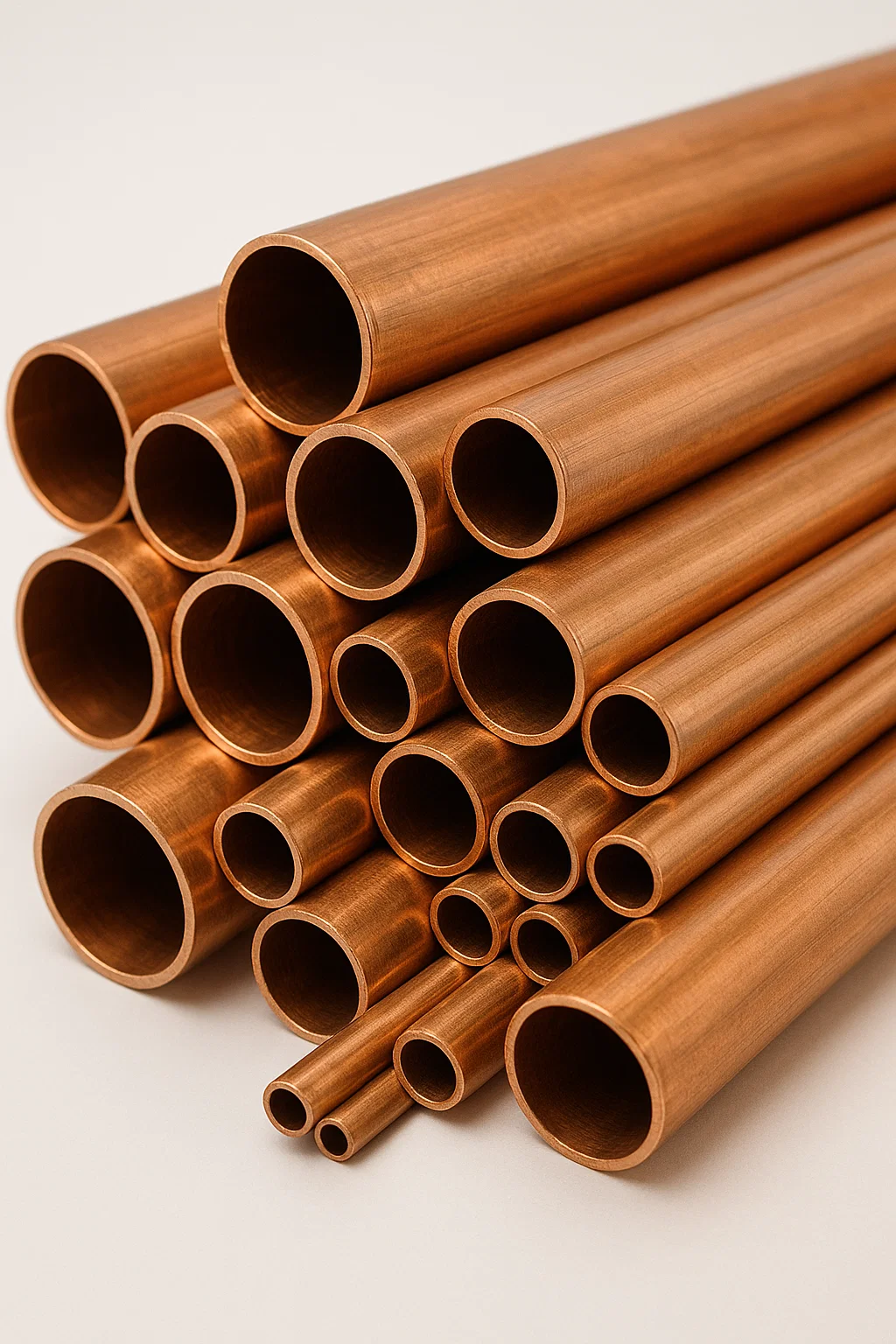
What is steel tube?
Steel tubes are typically made of materials such as carbon steel and stainless steel. Due to their high strength and hardness, they are widely used in applications requiring high pressure and external forces, such as oil and gas transportation and building structures. Steel tubes are not as corrosion-resistant as copper tubes, but this resistance can be improved through heat treatment, coating, or the use of stainless steel. Steel tubes' strength makes them suitable for heavy structures and high-pressure environments, making them common in machinery manufacturing, transportation, and the chemical industry.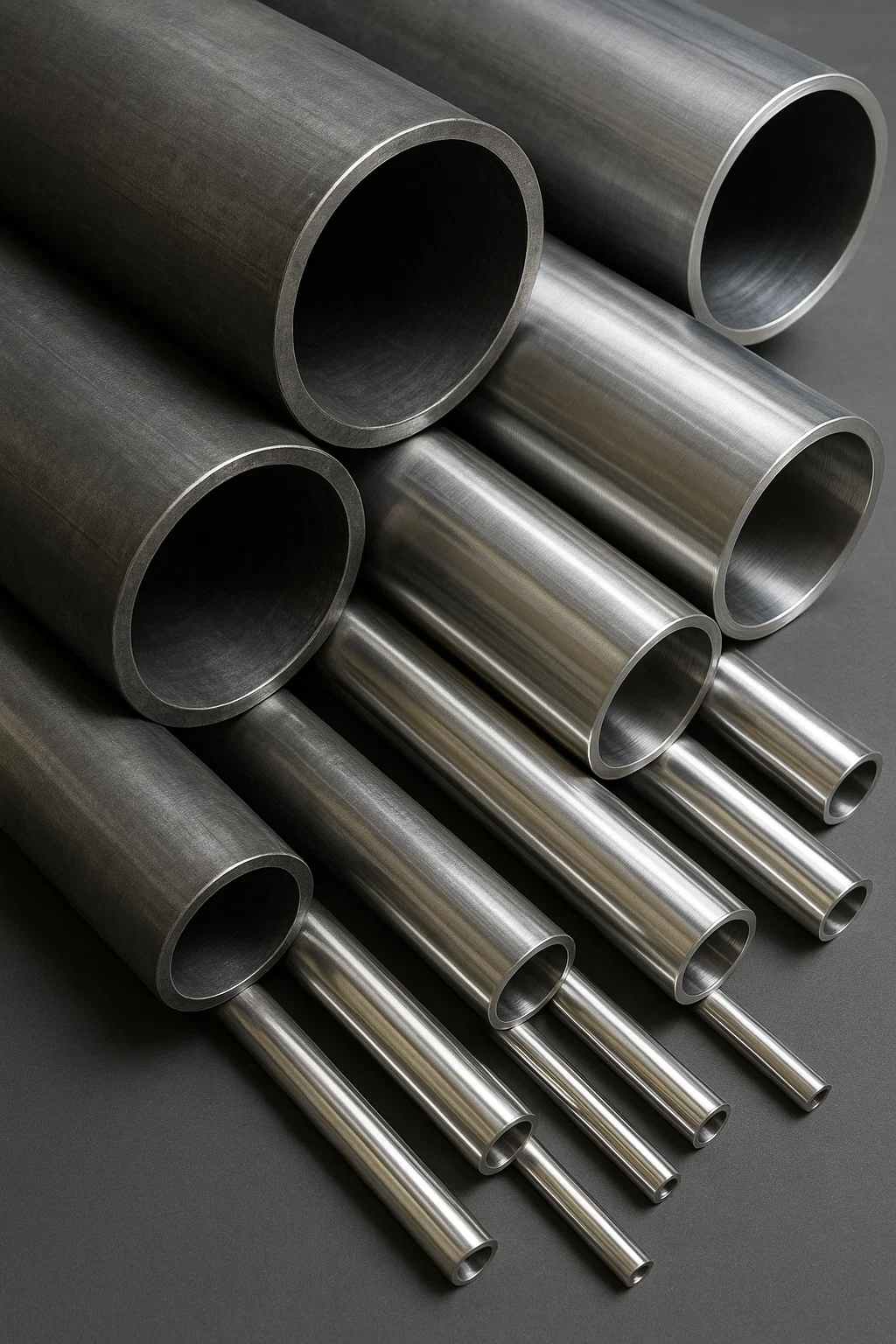
What is aluminum tube?
Aluminum tubes are made of aluminum and its alloys, and their greatest feature is their lightness. Compared to copper and steel tubes, aluminum tubes are lighter and therefore commonly used in applications requiring weight reduction, such as aerospace and automotive manufacturing. Although aluminum tubes are weaker than steel tubes, they are more corrosion-resistant and can maintain stability over time in most environments. Aluminum tubes are also commonly used in heat exchangers and air conditioning systems. Although their thermal conductivity is not as good as copper tubes, their lightness and affordability give them advantages in many industries.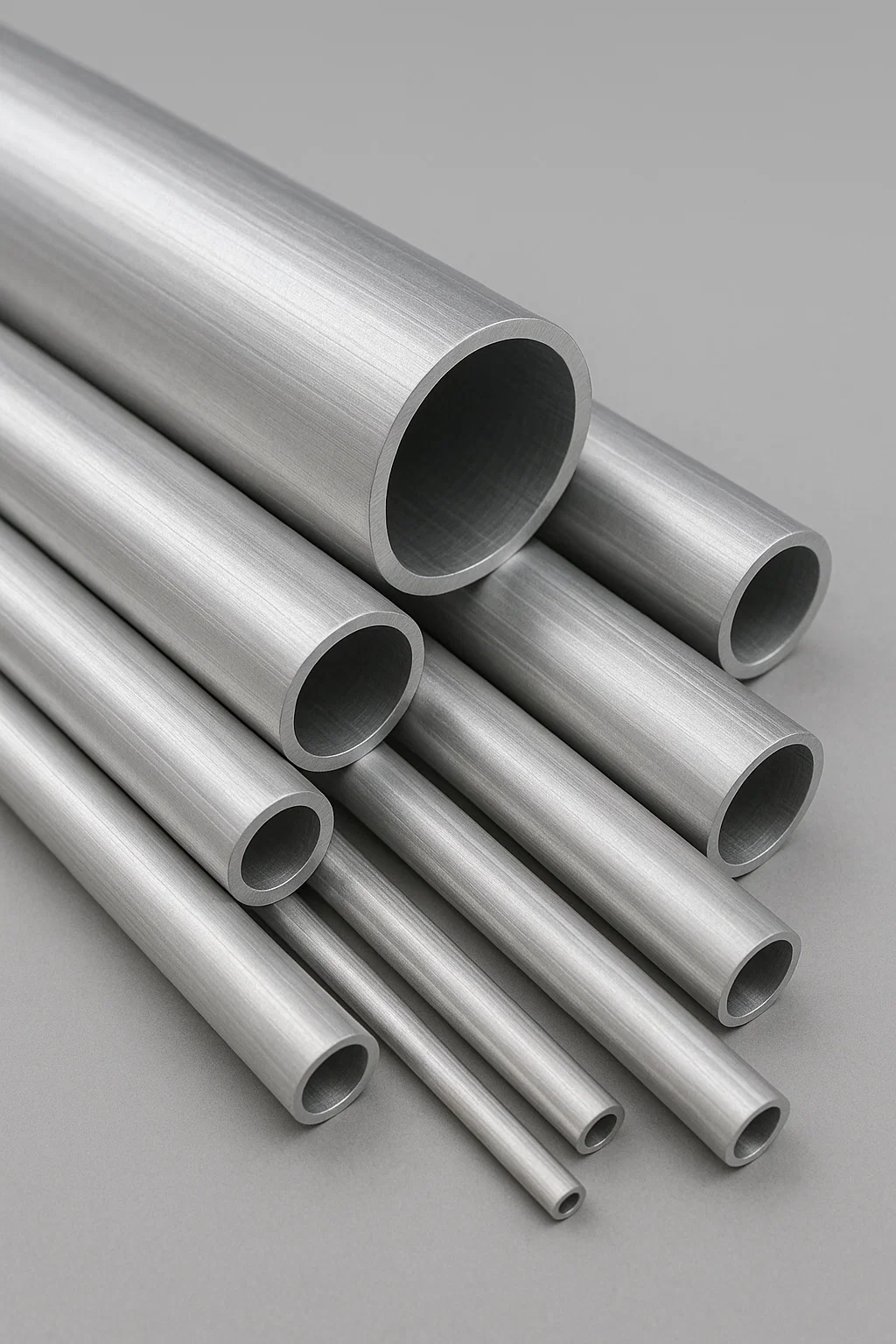
What is iron tube?
Iron tubes are primarily made of iron and are commonly used in low-pressure water tubes and heating systems. While less expensive than other metal tubes, they are prone to corrosion and rust, requiring anti-corrosion treatment when used in humid environments. Iron tubes offer greater strength, but their weight makes them less effective in applications requiring long-term stability and corrosion resistance.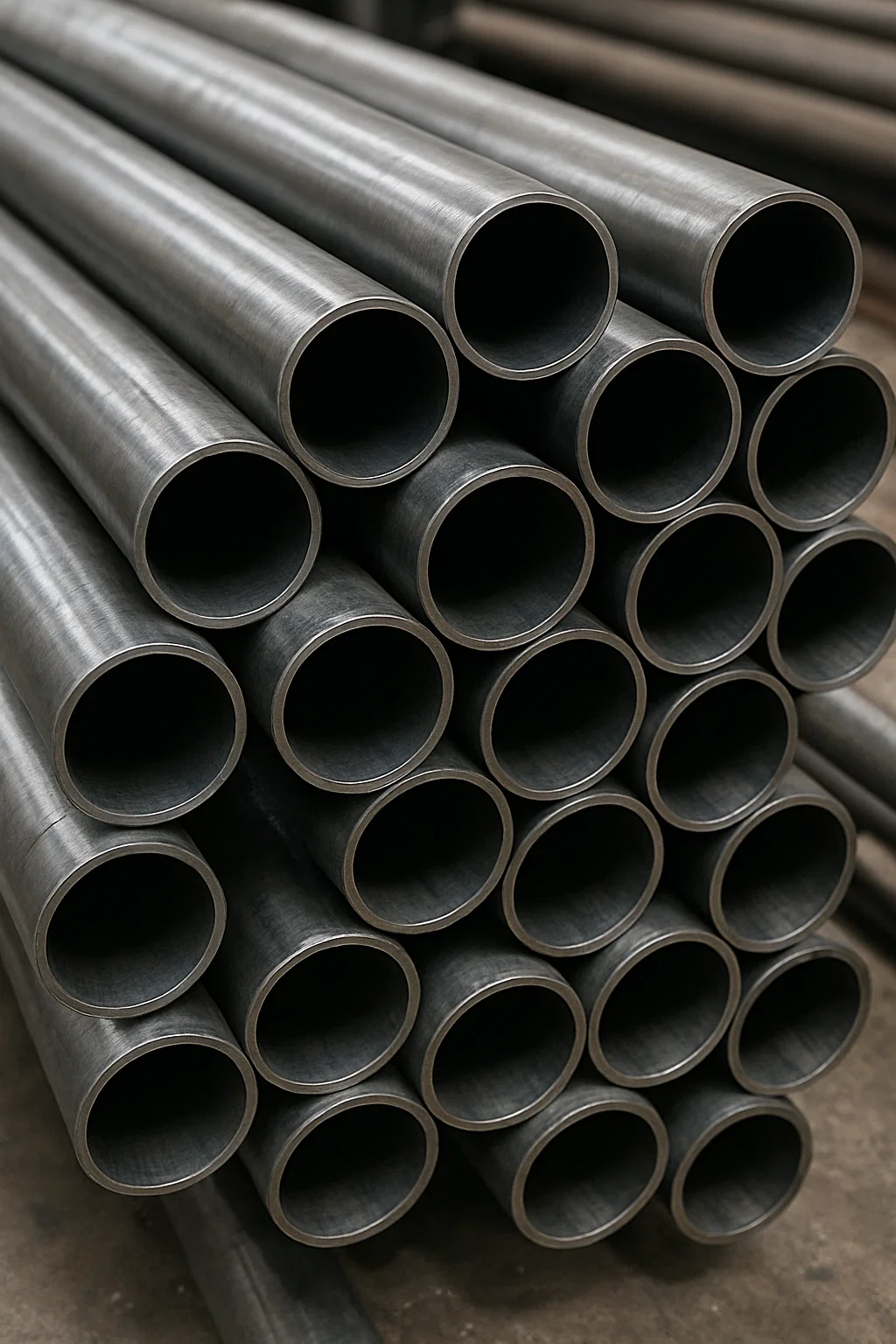
Differences Between Copper and Other Metal tubes
Copper tubes differ significantly from other metal tubes, such as steel, aluminum, and iron, in the following key areas:
Thermal Conductivity:
Copper tubes have the highest thermal conductivity and are suitable for systems requiring rapid heat transfer, such as air conditioning, refrigeration, and heating and ventilation systems.
Steel, aluminum, and iron tubes all have lower thermal conductivity than copper tubes, especially aluminum tubes, which, despite being lighter, exhibit significantly lower thermal conductivity.
Corrosion Resistance:
Copper tubes possess excellent corrosion resistance, especially in air, where they naturally form an oxide film that protects the metal from corrosion.
Steel tubes require coatings or other treatments to resist corrosion, especially carbon steel tubes, which can easily rust without proper protection.
Although aluminum tubes have some corrosion resistance, they are susceptible to corrosion in high-salt or acidic/alkaline environments.
Iron tubes have the least corrosion resistance and are prone to rust, requiring anti-corrosion coatings or galvanizing.
Strength and Pressure Capacity:
Steel tubes offer the highest strength and pressure-bearing capacity, making them suitable for applications requiring high strength, such as high-pressure transmission tube lines and building structures.
Copper tubes have relatively low strength and are not suitable for high-pressure environments, but due to their excellent corrosion resistance and high thermal conductivity, they still play an important role in many specific applications.
Aluminum tubes have the lowest strength and are primarily used in low-load environments.
Iron tubes have a strength intermediate between copper and steel tubes and are suitable for some low-pressure environments.
Mass and Weight:
Copper tubes are heavier than steel tubes but lighter than iron tubes, making them suitable for systems where weight is less critical.
Steel tubes are heavier and are suitable for applications requiring high strength and load-bearing capacity.
Aluminum tube is lightweight and suitable for applications requiring weight reduction, such as aerospace and automotive.
Iron tube is relatively heavy and unsuitable for modern, demanding industrial applications.
Cost:
Copper tube is generally more expensive than other metal tubes, making cost-effectiveness a key consideration, especially in economically constrained environments.
Steel and iron tubes are relatively affordable and suitable for low-budget, high-demand projects.
|
Characteristic |
Copper Tube |
Steel Tube |
Aluminum Tube |
Iron Tube |
|
Thermal Conductivity |
The best, suitable for systems requiring fast heat transfer like air conditioning, refrigeration, and HVAC |
Poor, lower thermal conductivity than copper tube |
Poorer thermal conductivity, but lightweight |
The worst, low thermal conductivity |
|
Corrosion Resistance |
Excellent, forms a protective oxide film on the surface |
Requires coatings or treatments, prone to rust |
Good, but susceptible to corrosion in high salt or strong acid/base environments |
The worst, prone to rust, requires anti-corrosion treatment or galvanizing |
|
Strength & Pressure Capacity |
Relatively low strength, not suitable for high-pressure environments |
Strongest, suitable for high-pressure pipelines and structural applications |
Weakest, mainly used for low-load environments |
Moderate strength, suitable for low-pressure environments |
|
Weight |
Heavier than aluminum but lighter than steel, suitable for systems with moderate weight requirements |
Heavy, suitable for areas needing high strength load-bearing |
Lightweight, suitable for applications where weight reduction is important, such as aerospace and automotive |
Heavier, not suitable for modern high-demand industrial applications |
|
Cost |
Relatively expensive, with a lower cost-performance ratio |
Relatively low cost, suitable for low-budget, high-demand projects |
In between copper and steel, suitable for lightweight applications |
Cheapest, ideal for low-cost projects |
Each type of metal tube has unique properties and applications, and choosing the right tube material often depends on the specific application requirements, environmental conditions, and budget. Copper tube, due to its high thermal conductivity and corrosion resistance, is suitable for high-end equipment and precision systems. Steel tube, due to its high strength, is suitable for industrial environments subject to high pressures and heavy loads. Aluminum tube, due to its lightweight properties, is suitable for the aerospace and automotive industries, where weight reduction is crucial. Iron tube, due to its low cost, is often used in low-pressure piping systems.
Product Category
Related news
-
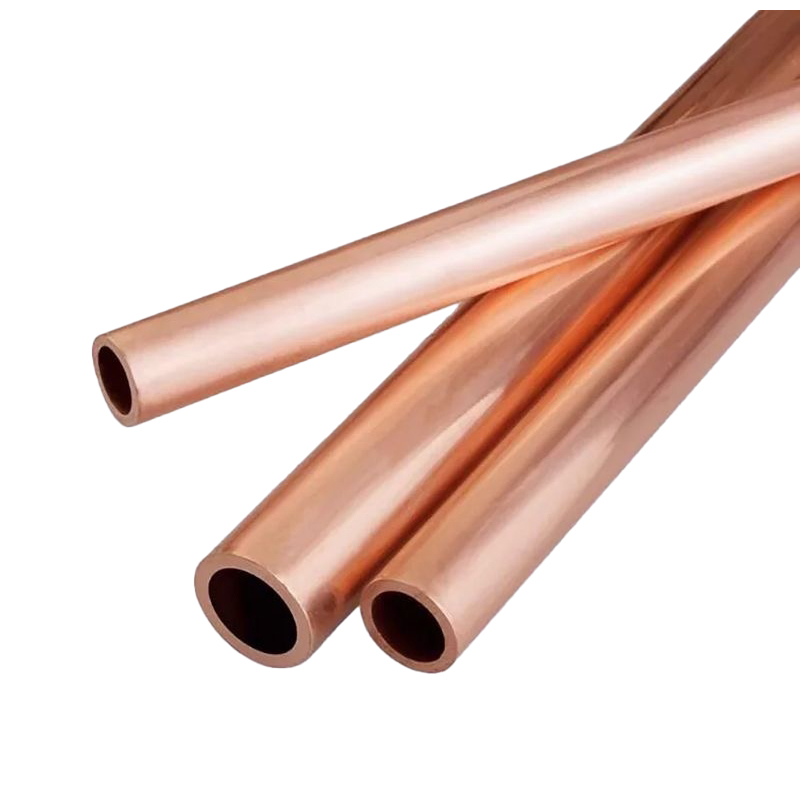
What is a thick-walled copper tube? Thick-walled copper tube, also known as seamless thick-walled copper tube, is a high-performance metal tube made o...
See Details -
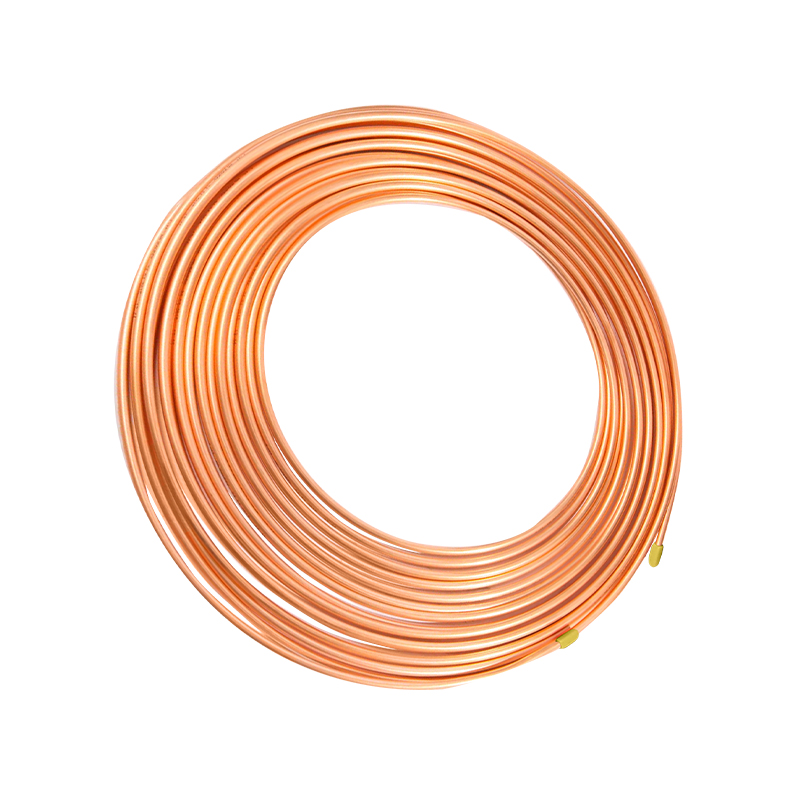
Overview and Importance of Copper Capillary Tube In modern industrial equipment and precision control systems, miniaturization and high precision have...
See Details -
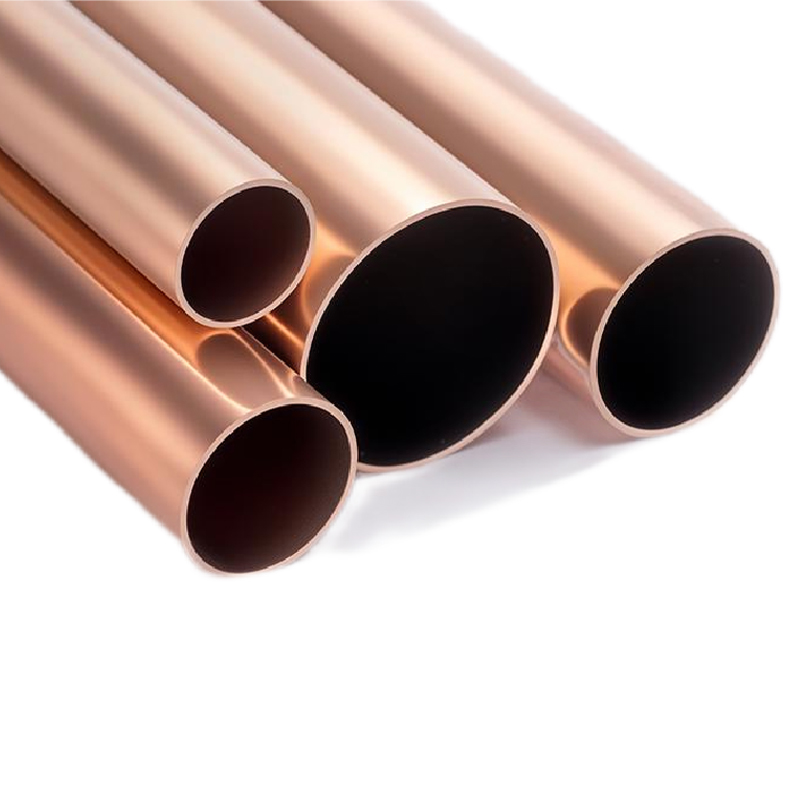
What is a copper tube? Analysis of material composition and basic characteristics Definition of copper tube Copper tube is a tubular object made of co...
See Details -
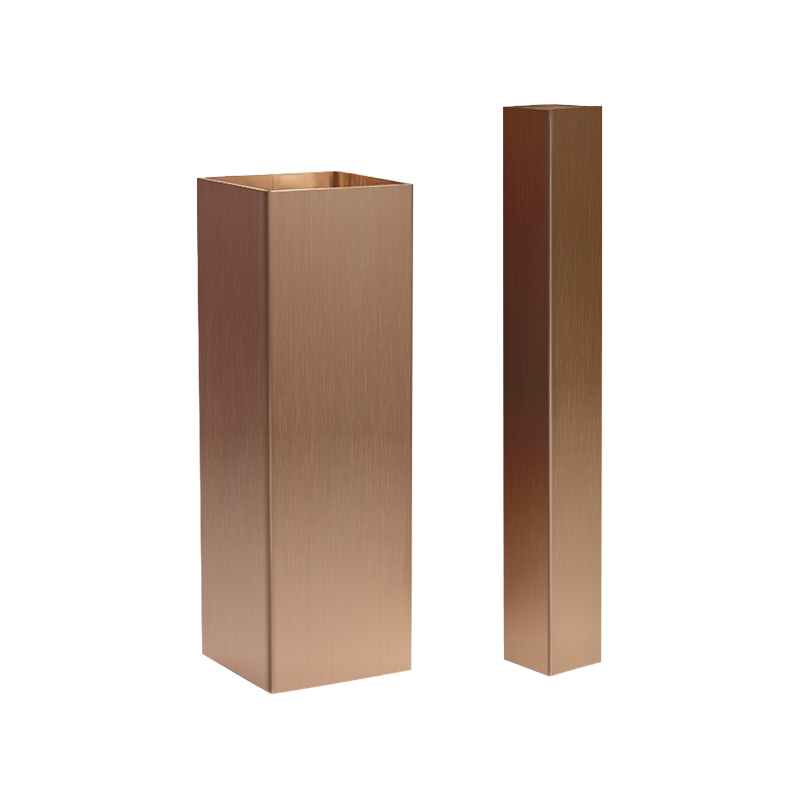
Understanding Copper Square Tubes: Composition, Grades, and Typical Applications Copper square tubes are specialized extrusions that combine the super...
See Details

 English
English Español
Español